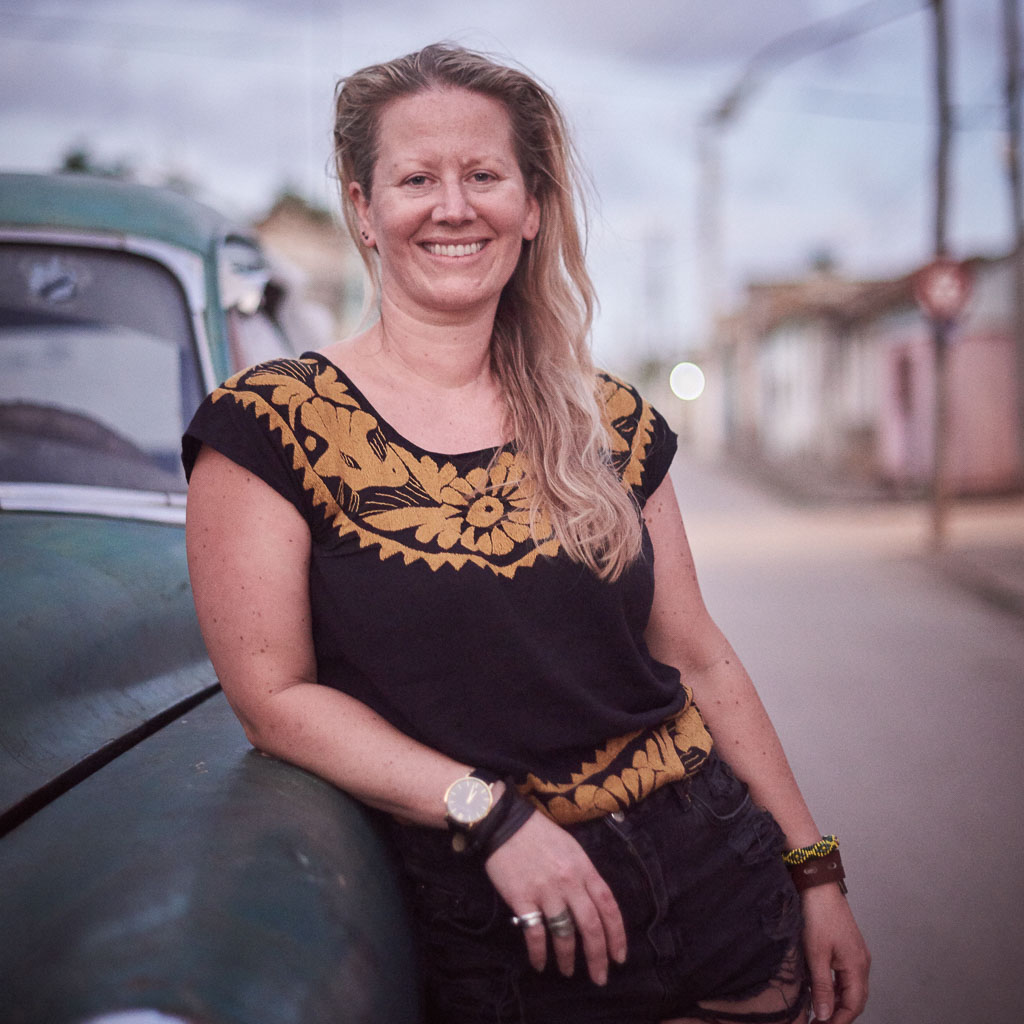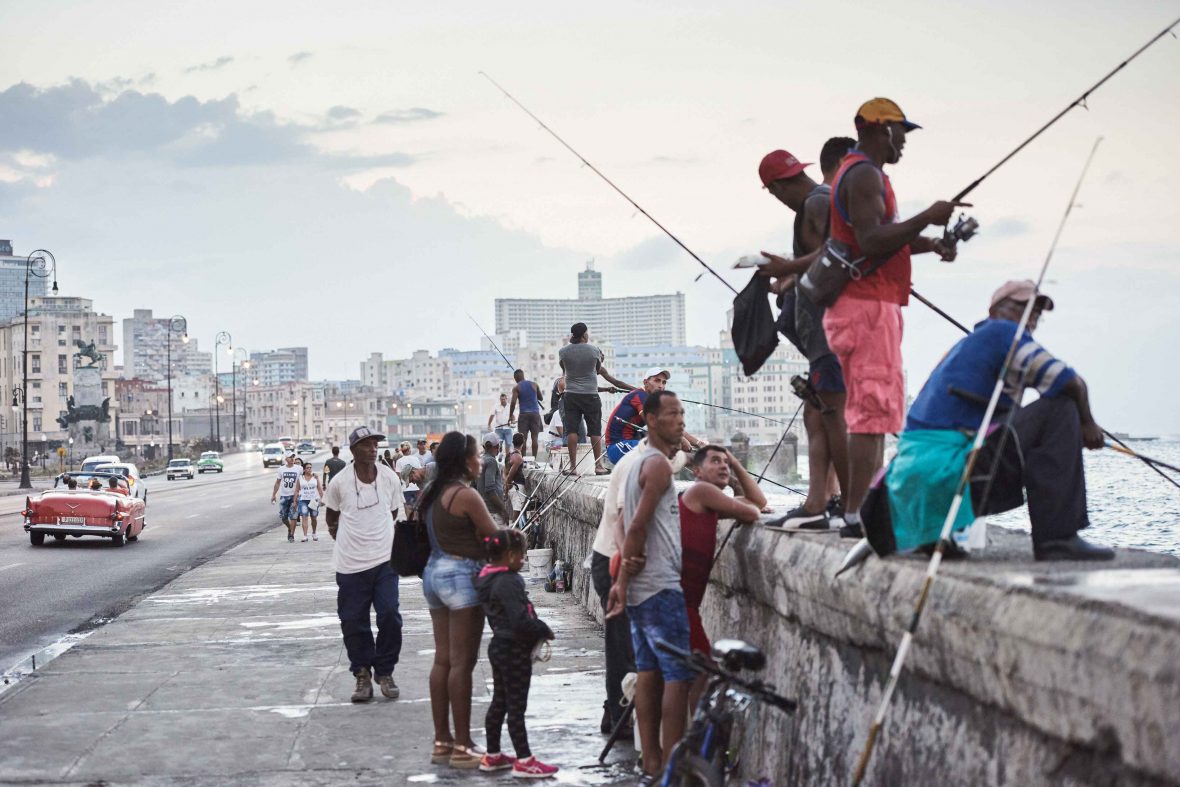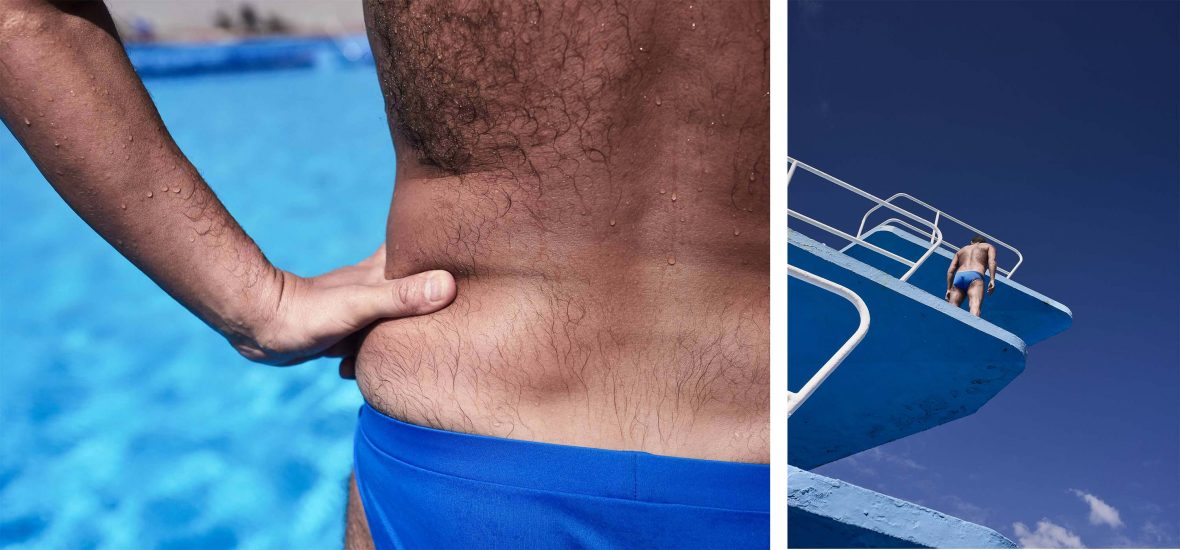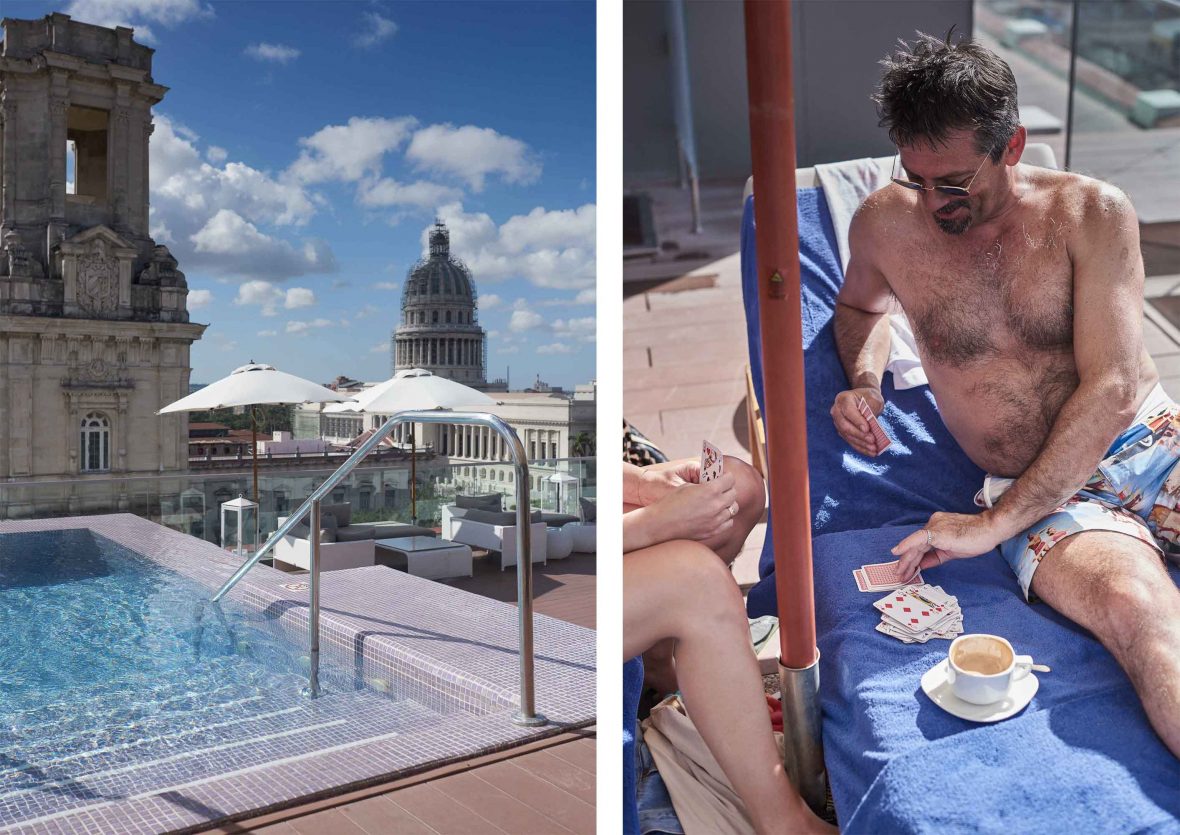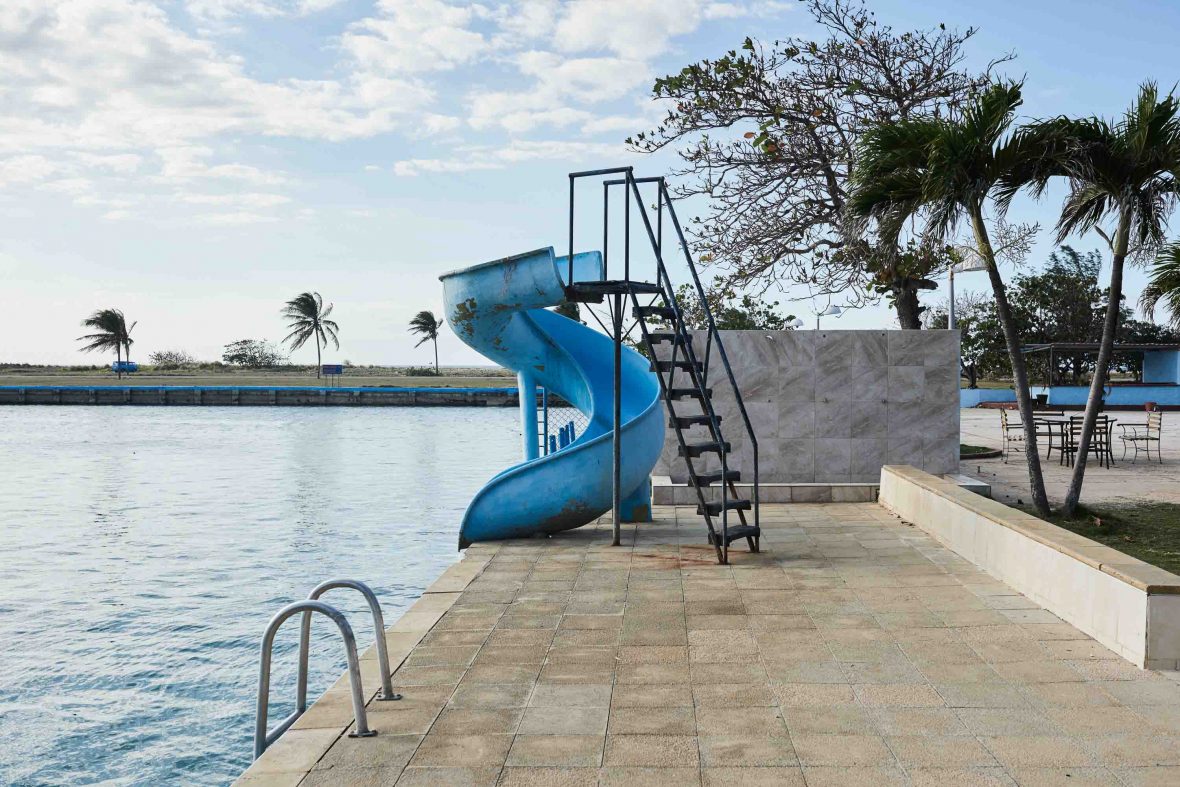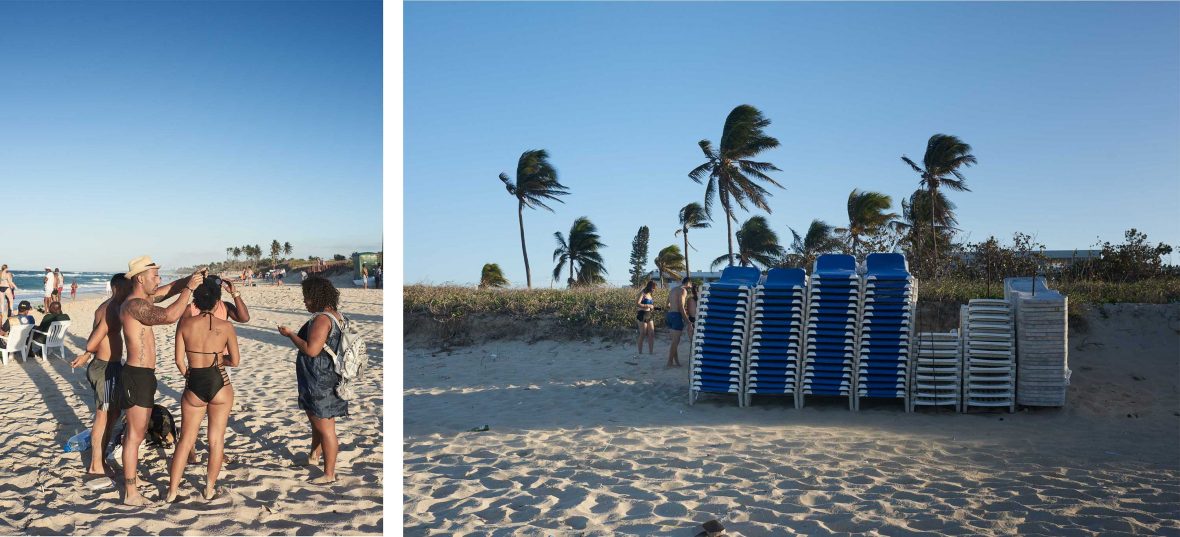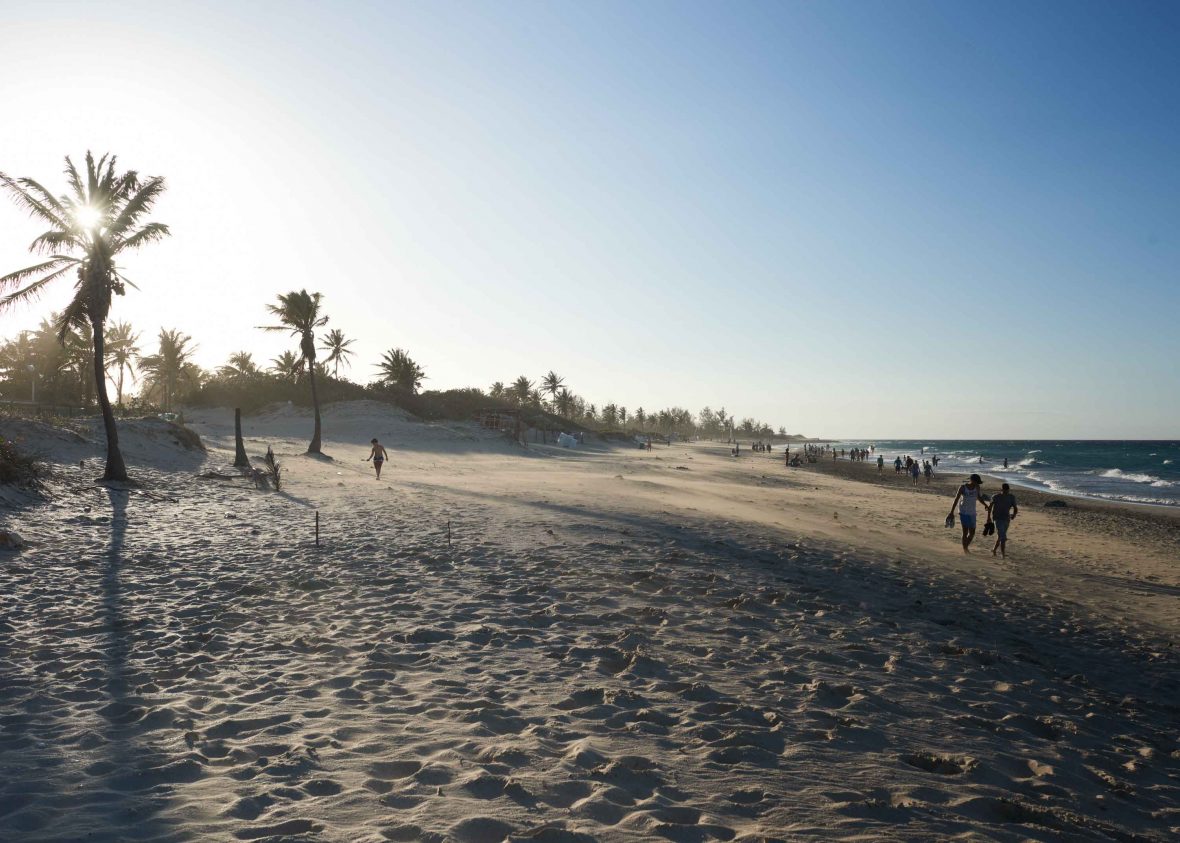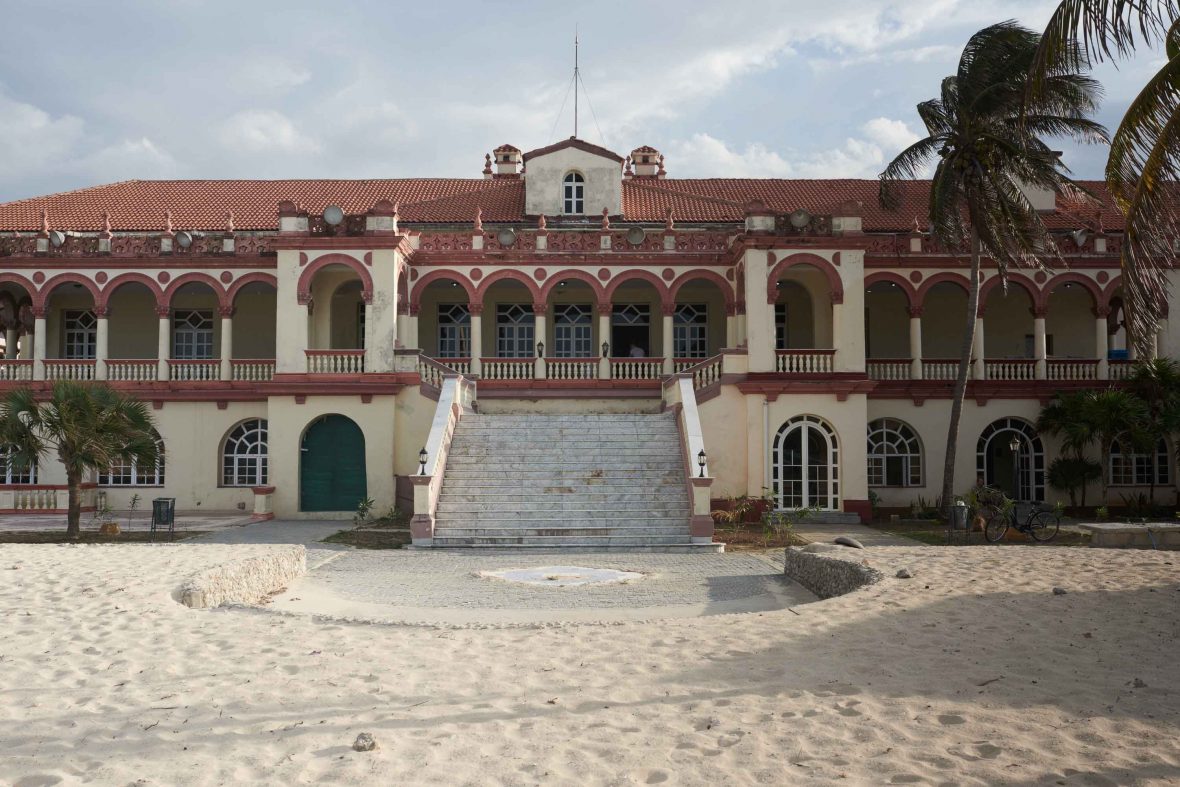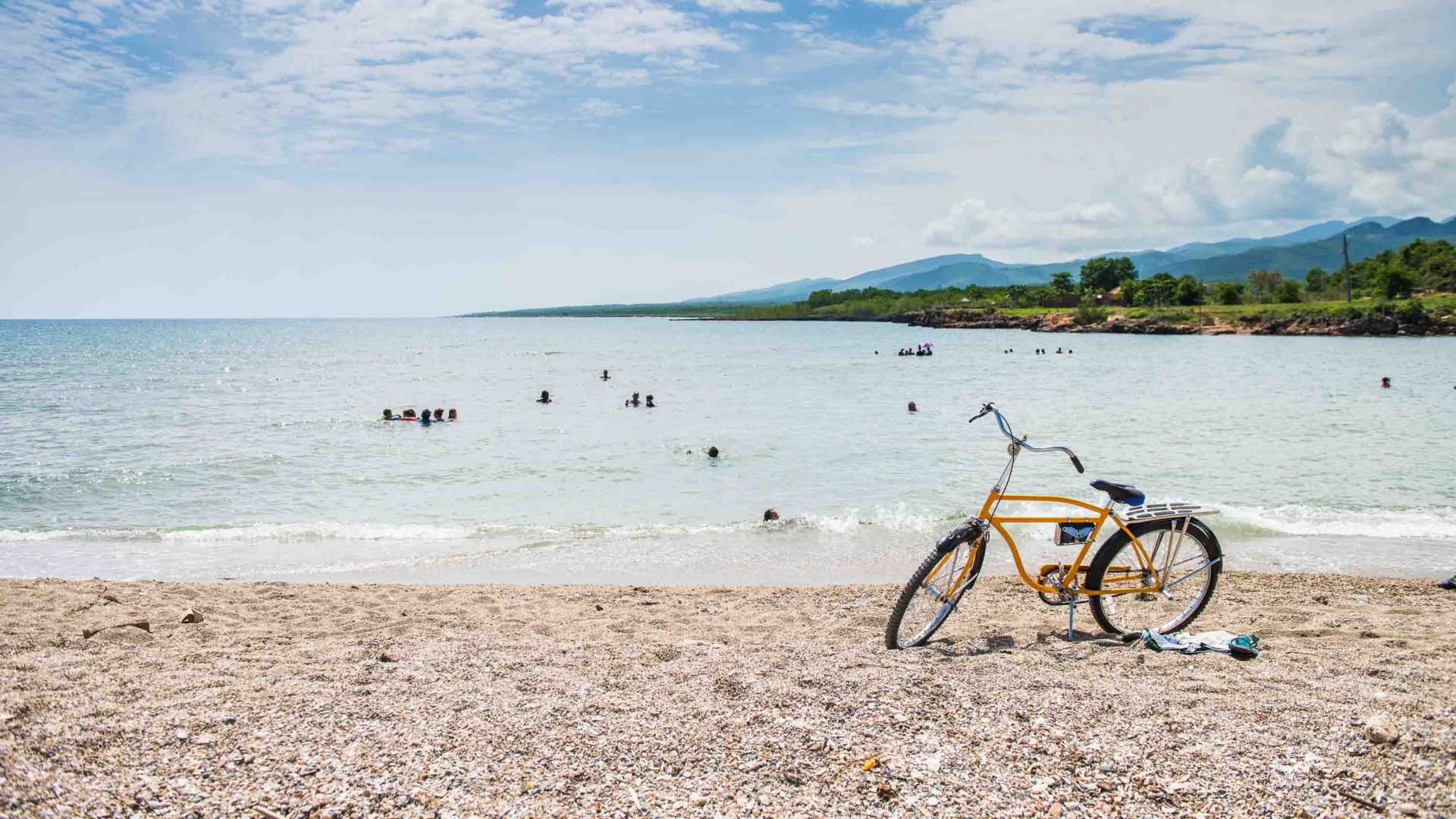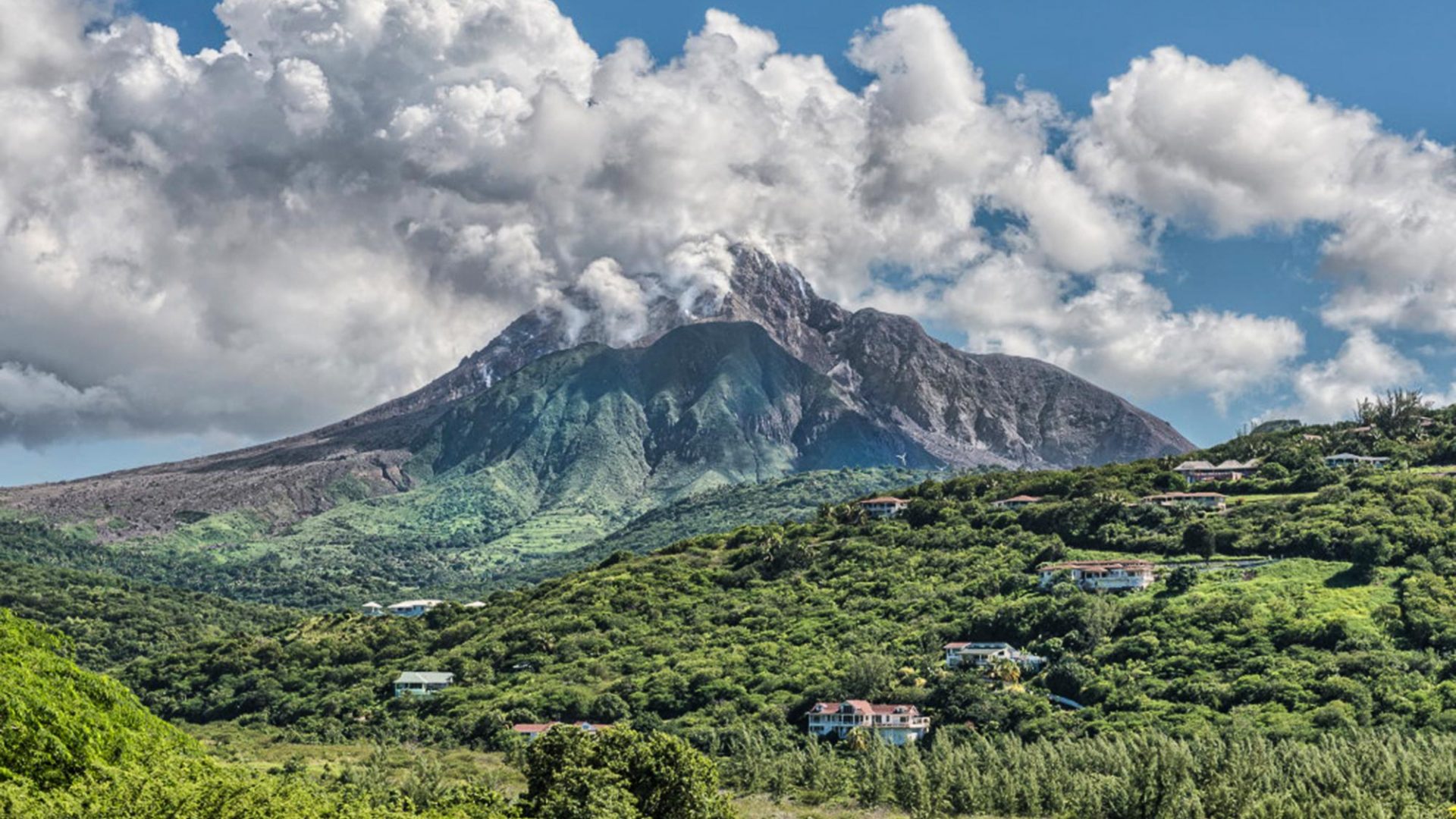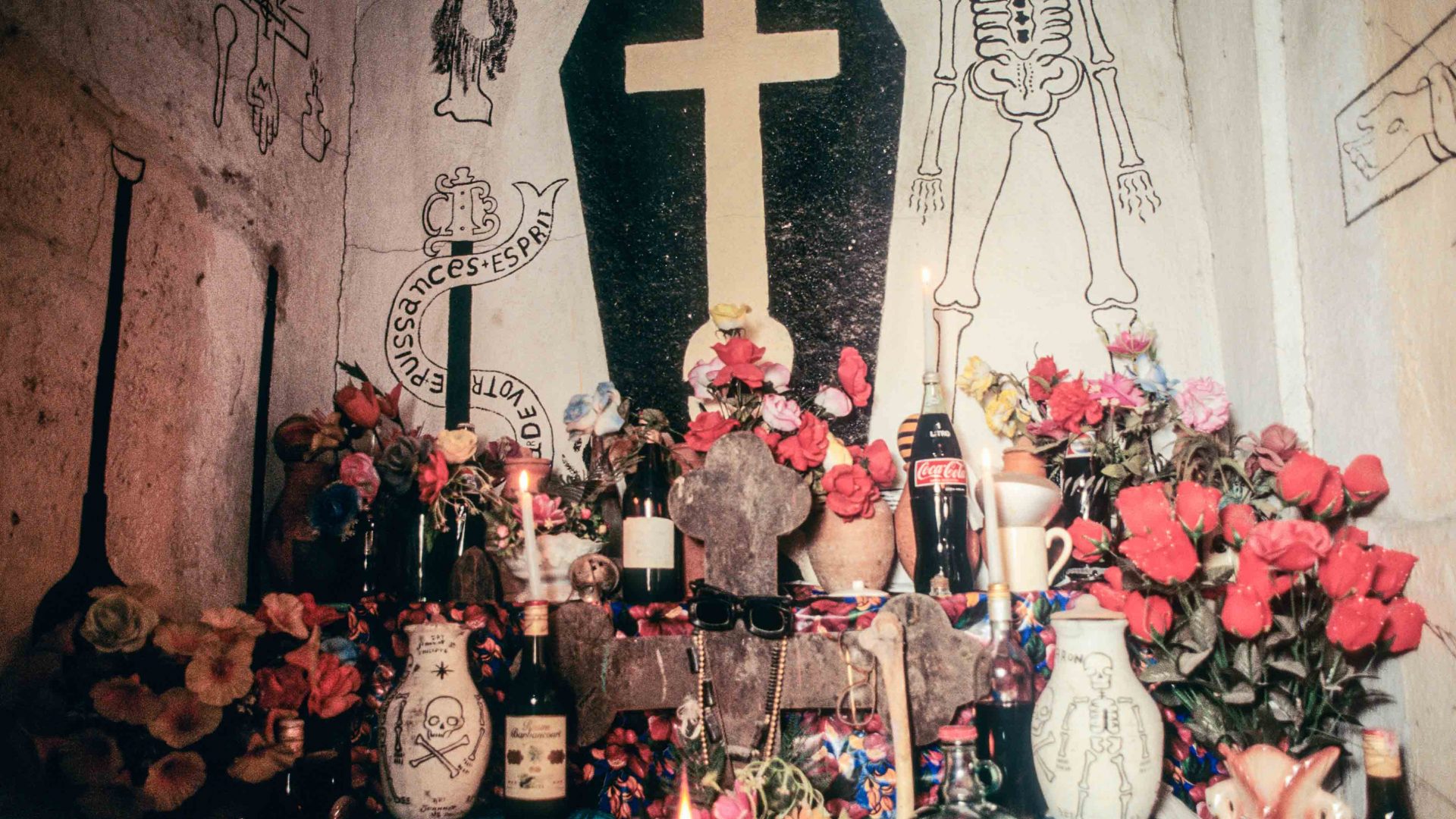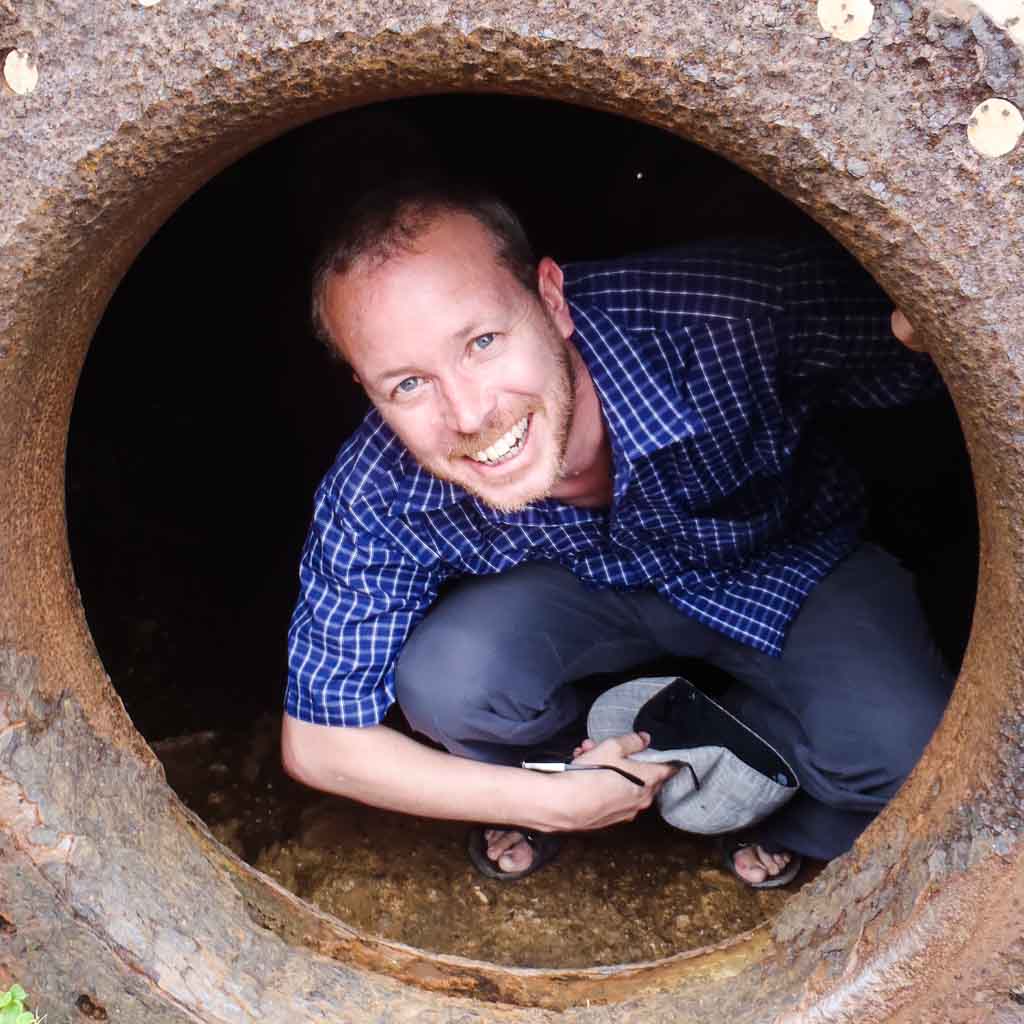Cuba is known as the island of beaches, but in Havana, finding a place to swim can be complicated. Thankfully, travel writer Lydia Bell knows a few good spots.
It’s summer in Havana. Humidity is nudging the 90s, and the air is stultifying. When the fierce months of July and August arrive, they will burn as hard as the red flame trees that are unfurling into incandescent bloom. Cubans will lurk inside, emerging only when the heat of the day has lost its bite. But mad dogs and Englishmen go out in the midday sun, and so I carry on.
On the sticky, ageing leather of the classic cars that transport me back and forth across the city, I sweat. As I tramp the streets lingering in any suggestion of foliage, I swoon in an oven of warmth. In my gym, rivulets pour off our bodies from weird places, like the backs of hands. I dream of walk-in fridges.
When all you can think about is cooling off, this coastal city in the Caribbean can be annoyingly, infuriating, maddeningly short of ablution spots. In Havana’s tourist heart—from Habana Vieja west to Vedado—the Malecón, Havana’s sea wall, both showcases the drama of the ocean and separates it from human life.
The only fancy pool option in Havana is the Gran Hotel Kempinski Manzana La Habana, known as the ‘Kempicky’ to most locals, and the closest you get to Miami in Cuba with its bathing, boozing, and showing of booty.
It’s topped with an infinity pool, restaurant and breezy alfresco bar and terrace, a great place for a lobster ceviche. The pool is overlooked by the towers of the Museo de las Bellas Artes, the Cuban wing of the national fine arts museum. My only complaint is the pool is a little tepid for me; I like mine icy-crisp. It’s expensive to get your tootsies wet here, but one doesn’t have to pay the $400 room rack rate; instead I’d buy a day-pass to the Swiss Resense spa and for that $66, we have use of the pool, indoor pool, sauna, hammam and gym. It’s a treat.
At the other end of the scale, Hotel Copacabana on the seafront in Miramar has the vibe and environs of a sleazy motel, but it’s a Cuban day out. I don’t go there for quiet, as they pump out loud pop and reggaeton. Local life unfolds around the pool, divided into a shallow area for children, and a deeper adult pool. Around and about parade attractive, extroverted ladies, some of whom are … let’s call them ‘ladies of the day.
RELATED: Through the lens: Cuba beyond the Cadillacs
There’s a post-apocalyptic feel to the hurricane-lashed concrete saltwater sea pool, but it offers the chance of lengths. It is ruled by a gaggle of nut-brown, sun-ravaged sexagenarian Russians and Italians. Instead of eating in the rather dull café, I go over the road to the lovely Italian place, Al Pescatore. The Copacabana entrance fee is steep, all things considered, so I tend to walk in as if I own the place and ask the pool guy if I can pay him direct.
When I want to sit on a more classic Caribbean beach, I head to the Eastern Beaches, or the Playas del Este, which start 23 kilometers from the city center, spooling out along the glistening turquoise coast in a long, unkempt ribbon of white sand and fat, scrappy palms. The experience is more colorful than idyllic. Cubans go en masse and prefer drinking and reggaeton to swimming. They often depart leaving empty bottles of Havana Club and cans of Bucanero.
RELATED: Is this the Caribbean as it used to be?
Still, I love these beaches. The sea is deliciously aquamarine and the sand soft underfoot. The lunches (lobster, prawns, chicken or pork with rice and salad) from beach shacks are pleasant. Small salsa bands plod the sands, lugging double basses. There are masseuses, local salseros (salsa performers) bent on finding another foreign girlfriend to top up their collection, and snacks such as tamales (corn-stuffed palm leaves), cangrejitos de guayaba (a crab-shaped doughnut filled with guava jam), and coconut water served in coconut (lashed with rum). Kite surfers race up and down the waves.
Lately I’ve fallen back on the expatriates’ favorite, the illustrious Club Havana. This quiet urban beach is devoid of any Cuban honky-tonk, and has the feel of a hotel beach. Instead there’s cigar shopping, a cash point, a small shop, tennis, gym, two large pools, a cigar-smoke-wreathed darkened bar enamored of Spanish expats, an outside terrace for a pina colada, and two restaurants.
Although it’s frayed around the edges, it was once the home of the Biltmore Yacht & Country Club, and retains a certain hauteur. A hub for Havana’s pre-revolutionary rich, white elite in the 1950s, the place denied entry to mixed-race president Fulgenico Batista. Black and white images on the walls recall regattas and balls, and the place is referenced in nostalgic accounts of Havana penned by exiled Cuban Americans in the autumn of their life.

